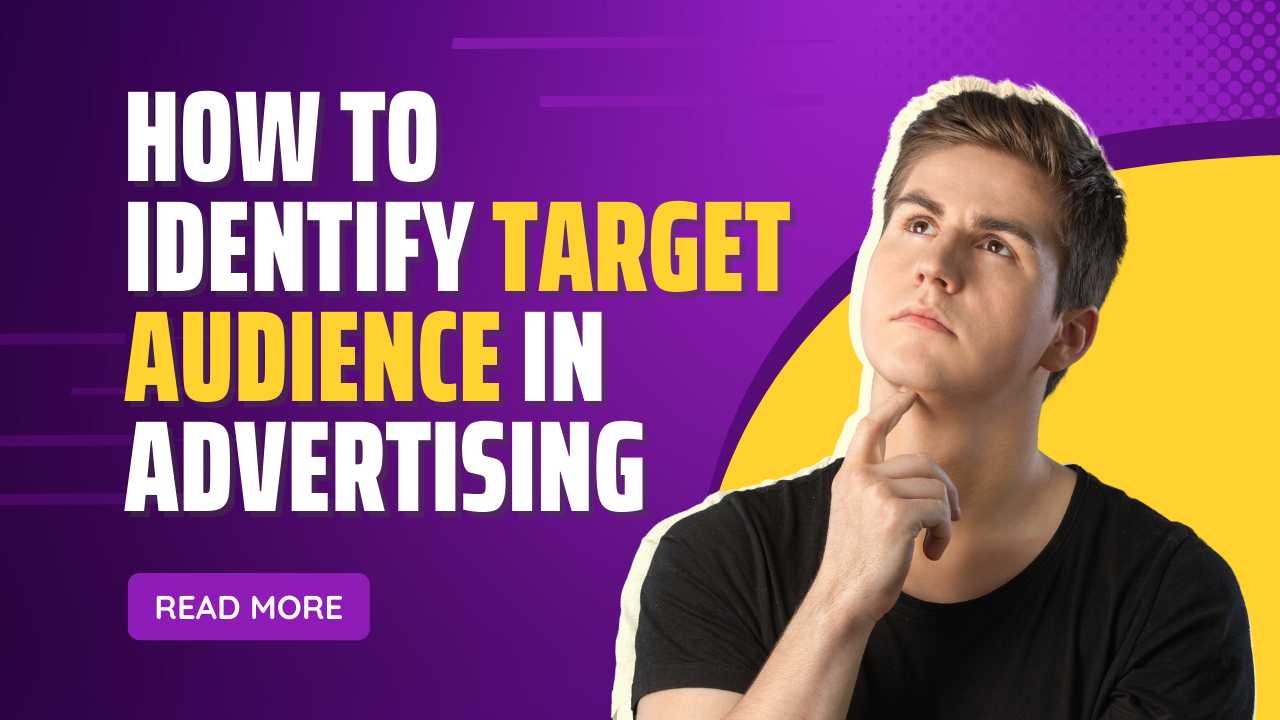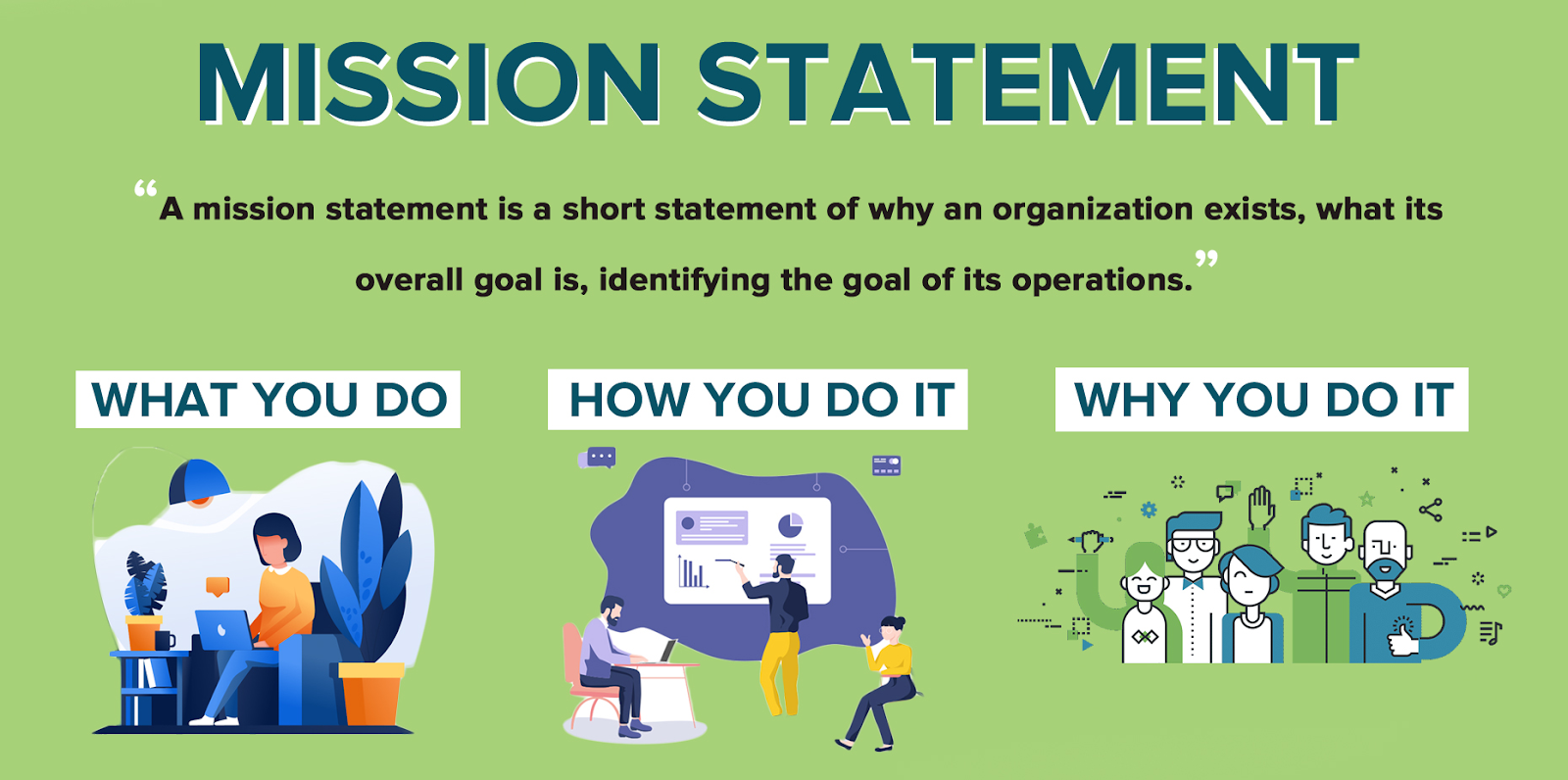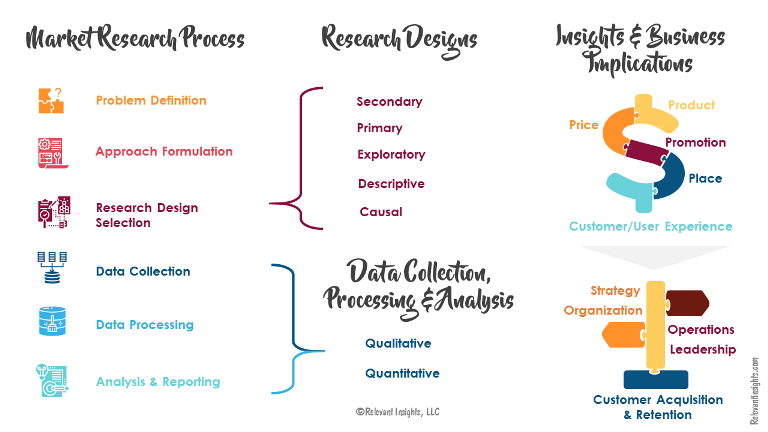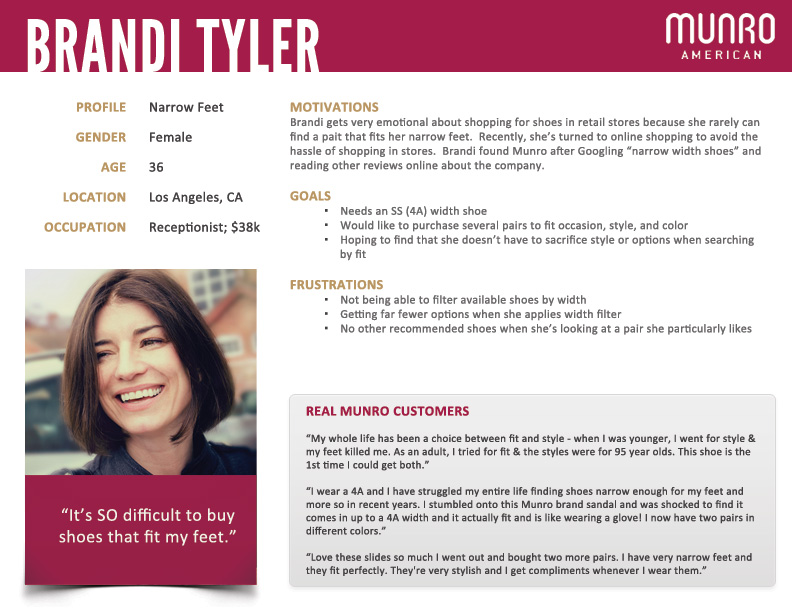In today’s article, I am going to tell you about How to Identify Target Audience in Advertising? so if you want to know about it, then keep reading this article. Because I am going to give you complete information about it, so let’s start.
As the saying goes “if you’re talking to everyone, you’re talking to no one.”
When it comes to nurturing an audience, it’s pivotal to align yourself with the right target market.
Why?
When you’re laser-clear on who you serve, you do not only have clarity, you have a strategy. You have the opportunity to curate your approach to match the needs and preferences of your ideal audience. No more shooting in the dark.
What’s more, you also have the opportunity to support your audience throughout the buyers’ journey by delivering an exceptional customer experience. And that’s not always easy.

When you’re unclear about who you serve, you’ll find it a struggle to give your audience the experiences they crave. But when you understand your ideal audience intricately, you can give them exactly what they expect, like, want, and are looking for.
If you’re ready to identify your ideal marketing audience to provide the best customer experience, you’ve come to the right place. In today’s article, we’re walking you through how to do just that — step-by-step.
Table of Contents
How to Identify Target Audience in Advertising?
Below we are going to tell you 6 steps, which will help in How to Identify Target Audience in Advertising.
1. Outline your company mission, offer focus, and unique value-add
Before you can uncover who your ideal target market is, you have to understand what you bring to the table.
So in this step, start by outlining your company mission statement and overarching vision.

Answer questions like:
- What does your business stand for?
- How do you want your business to unfold over the long term?
- How do you help people and why?
Next, highlight the offers your business focuses on. For instance, do you own a SaaS company that offers tiered plans for your project management tool? Do you own a skincare line that focuses on anti-aging beauty sets?
Whatever the case may be, be specific by highlighting your top three to five offers.
Next, consider the unique value-add that only you have.
For instance, do you have research backing up how quickly your anti-aging skin treatments work? Are you the only project management tool that offers complimentary software training for entire work teams? Sum up your unique value-add using one to two sentences.
For instance: “We’re the only project management software tool that offers comprehensive training to entire workforces, completely free.”
2. Highlight audience themes in line with your mission, offers, and value-add
In step number two, take a look at the mission statement, offers, and value-add you just notated.
Then, look for recurring audience themes and patterns that can help you better understand who your business would serve best.
For instance, if your mission is to help new parents get back in shape, then your audience themes would be:
- People who just had children
- People struggling with weight gain
- People interested in getting back in shape
- People interested in investing in weight-loss support solutions
Alternatively, if your mission is to build eco-friendly playgrounds across the globe, then your audience themes would be:
- Government institutions interested in sustainability
- City park planners that prioritize sustainability
- Neighborhood communities interested in building a brighter future for their children
If your top offers include eCommerce funding support and access to working capital, then your audience themes would be:
- Ecommerce store owners with a capped or restricted cash flow
- Ecommerce store owners looking to stock their inventory, but they’re still waiting for their buyers’ payments to post
- Ecommerce store owners interested in growing their businesses
- Ecommerce store owners interested in product innovation but lack the funds to do so
And finally, if your unique value-add includes providing specialty concierge services for co-working clients, then your audience themes would be:
- People who are members or want to become members of a coworking space
- Co-work members who value convenience and don’t have time to take care of errands while working
- People who own or operate co-working spaces
3. Conduct consumer behavior research
At this point, you’ve done a ton of great work.
You’ve identified your mission, offers, value-add, and extracted core audience themes.
Next, create a master list that includes all of the audience themes you notated.
For instance, your list might look like this…
Master Audience Themes:
- People who just had children
- People struggling with weight gain
- People interested in getting back in shape
- People interested in investing in weight-loss support solutions
- People interested in one-on-one sessions with a personal trainer
- People interested in learning about nutrition
- People interested in group training programs
- People who value having a custom workout and nutrition plan in line with their weight loss goals
- People who value in-app support and accountability
Next, lock arms with a marketing firm or professional research team, hand over your audience themes, and ask them to conduct marketing and consumer behavior research.

A marketing firm or research team can help you unlock:
- Who’s buying what you’re offering (what kind of people and why?)
- Who your competitors are targeting and why
- Who needs or is interested in what you’re offering
- How often do people buy what you offer
- How do people prefer to pay for what you offer
- How do people find businesses and offer like yours
- What pain points do people experience when buying offers like yours
4. Highlight audience themes in line with the results from your research
Take a hard look at the research report you invested in and look for additional audience themes.
For instance, maybe you discovered that most of the people that purchase what you offer live in Canada. Or maybe you learned that most of the people that buy from businesses like yours have their own businesses. Or maybe you noticed that people who value what you offer are typically single and wealthy.
Whatever the case may be, create a list including all of the themes you notice in your research report.
For instance, your list might look like this…
Master Audience Themes 2:
- Most buyers reside in Toronto, Canada
- Most buyers are B2B buyers
- Most buyers are single and wealthy
- Most buyers find offers like ours on LinkedIn and Google
- Most buyers pay for offers like ours by credit card or via PayPal
- Most buyers struggle with finding a solution that offers 24/7 customer support
- Most buyers struggle to find a solution that’s custom designed for their needs
5. Create buyer personas using all of the audience themes you’ve highlighted
Now here is where all of your hard work begins to unfold.
In this step, compile both audience themes lists into one cohesive list. Next, group your themes by commonalities.
Here’s what that might look like:
Audience Commonalities In Groups:
- Group 1: Demographics/firmographics
- Group 2: Pain points
- Group 3: Buying patterns
- Group 4: Competitor details
- Group 5: Most purchased offers
- Group 6: Wants and needs
Then, use this data to create buyer personas. You can also hire a marketing team to create buyer personas for you.
When creating each persona, be specific. Create a faux name and then add details in line with your research.
Here’s an example:
Buyer Persona 1:
- Brad
- 21 years old
- Avid skier
- Loves cold weather sports
- Lives in Toronto
- Wants a snowmobile he can share with his best friend
- Is worried that the cost of the snowmobile is outside of his budget
- Buys cold weather gear every three months
When drawing up your personas, consider creating images to use as a visual representation of each one.

For instance, you can:
- Change the background of each photo to differentiate between personas
- Add text listing each buyer’s pain points and demographic details
- Attach a mock profile photo to each persona
6. Discover more about your audience with cookies
And last but not least, it’s pivotal to create systems that can help you discover more about your audience on an ongoing basis.
Keeping up with changing demands, habits, and preferences is key to nurturing your audience and delivering exceptional experiences long-term.
What’s a simple tool you can use to help? Cookies!
Cookies track your audience’s user behavior so you can be in the know about their needs and preferences at all times.
If you choose to use cookies, please remember that users have the right to know how and why their information will be used and tracked. To always stay in compliance, be sure to use a cookie consent manager. A cookie consent manager can help you draft privacy policies, store information gathered from cookies, and create consent banners you can easily add to your website.
Hope you have read the above about How to Identify Target Audience. So now if you want to get more detail about what is target audience & how to find the target audience, then you can watch the above video.
Conclusion:)
Getting laser-clear on who you serve gives you the clarity and strategy you need to curate your marketing approach and deliver exceptional customer experiences.
It all starts with knowing who you serve.
We hope the information we shared today will get you one step closer to finding and nurturing the ideal audience your business dreams of.
And that’s it for today! Are you ready to discover who your ideal marketing audience is?
Read also:)
- Top Graphic Designing Software: A-to-Z Guide for Beginners!
- How to Become a Freelancer in India: A-to-Z Guide for Beginners!
- How to Promote a Website for Free: A-to-Z Guide for Beginners!
Hope you liked this article How to Identify Target Audience in Advertising? And if you still have any questions and suggestions related to this, then you can tell us in the comment box below. And thank you very much for reading this article.